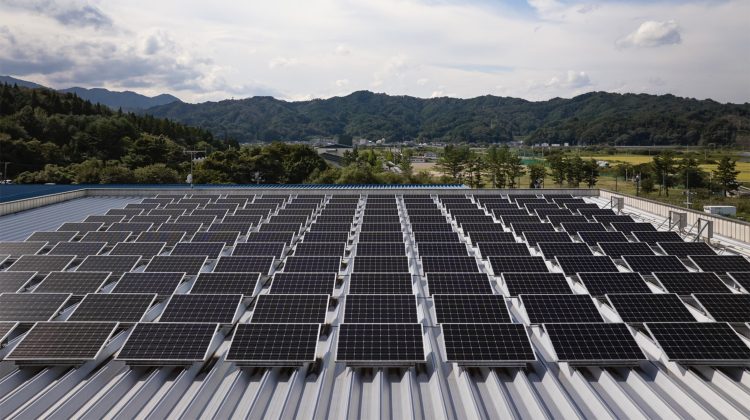Moving toward cleaner semiconductor production
In addition to transitioning suppliers to clean energy, Apple is working across its supply chain to reduce the direct climate impact of industrial processes. This includes semiconductor and flat-panel display manufacturing, which emit high-power fluorinated greenhouse gases (GFEI). Apple today announced that 26 of its direct semiconductor suppliers have committed to reducing at least 90% of GFEI from their Apple-related production facilities by 2030.
Many of these facilities also supply other customers, helping this progress extend beyond Apple. Additionally, 100% of the company’s direct display suppliers have made the same commitment. By 2024, display and semiconductor suppliers reduced 8.4 million metric tons of greenhouse gas emissions, and the new commitments will accelerate that progress in the coming years.
Expanding the use of recycled and renewable materials
Apple continues to use more recycled and renewable materials in all of its products, helping to reduce its carbon footprint without compromising quality or performance. Earlier this year, Apple exceeded 99% of the way toward its 2025 goals, which include using 100% recycled rare earth elements in all magnets and 100% recycled cobalt in all Apple-designed batteries.
Magnets are by far the most significant use of rare earth elements in Apple products overall, and Apple-designed batteries account for over 97% of the company’s total cobalt use. Apple is committed to sourcing recycled and primary minerals responsibly and promotes high human rights and environmental standards throughout its supply chain.
Elimination of millions of metric tons of waste
By 2024, suppliers participating in Apple’s Zero Waste program diverted approximately 600,000 metric tons of waste from landfills, bringing the total to 3.6 million metric tons since the program’s inception in 2015. This is equivalent to eliminating 4.5 million square meters of landfill space. Apple and its suppliers are innovating to further accelerate progress, from implementing recyclable liners and reusable trays in manufacturing to recovering valuable metals from waste liquids generated during printed circuit board manufacturing.
Innovation to reduce product emissions
Apple’s environmental progress continues to be reflected in its products. Earlier this year, the company introduced the new MacBook Air with over 55% recycled content, the highest percentage of any Apple product. Last year, Apple introduced its first carbon-neutral Mac: the new Mac mini.
And customers can choose a carbon-neutral combination of any Apple Watch with any material. Apple’s carbon-neutral products are the result of years of innovation to significantly reduce carbon emissions from the three main emission sources (materials, electricity, and transportation) before using high-quality carbon credits from natural projects to offset the remaining emissions.
Saving billions of liters of water each year
Apple and its suppliers have saved more than 340 billion liters of freshwater since launching the Supplier Clean Water Program in 2013, which promotes water reuse, efficiency, and other initiatives at facilities around the world. The average reuse rate for participating suppliers was 42 percent last year, resulting in a saving of 53 billion liters of freshwater by 2024. Across Apple’s corporate operations, the company has a goal of replenishing 100 percent of freshwater withdrawals in high water stress locations by 2030. Apple has initiated long-term partnerships that account for more than 40 percent of that goal. This includes support for new and ongoing replenishment projects in the U.S., India, and Africa, which together are expected to generate nearly 34 billion liters of water benefits over the next 20 years.






























